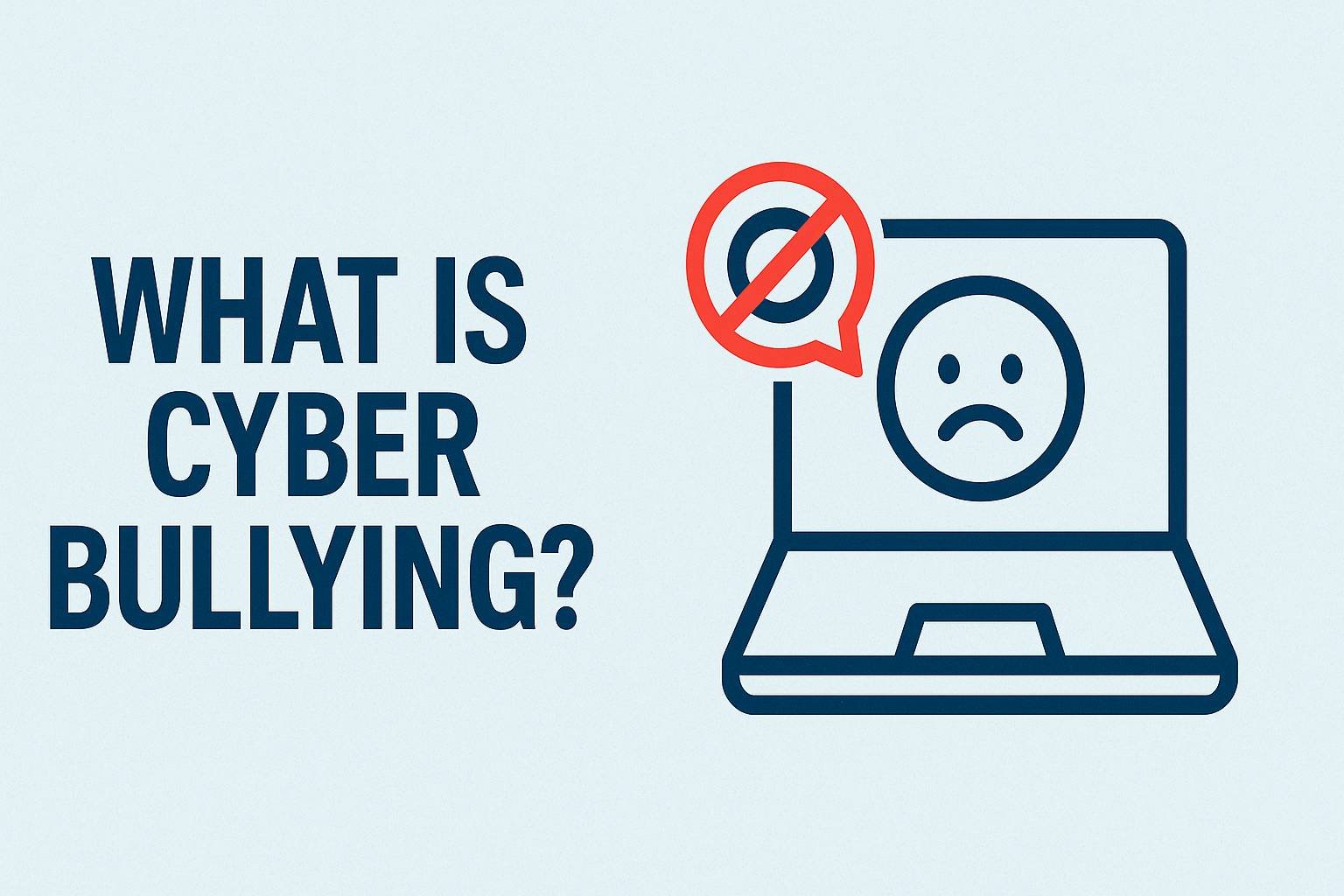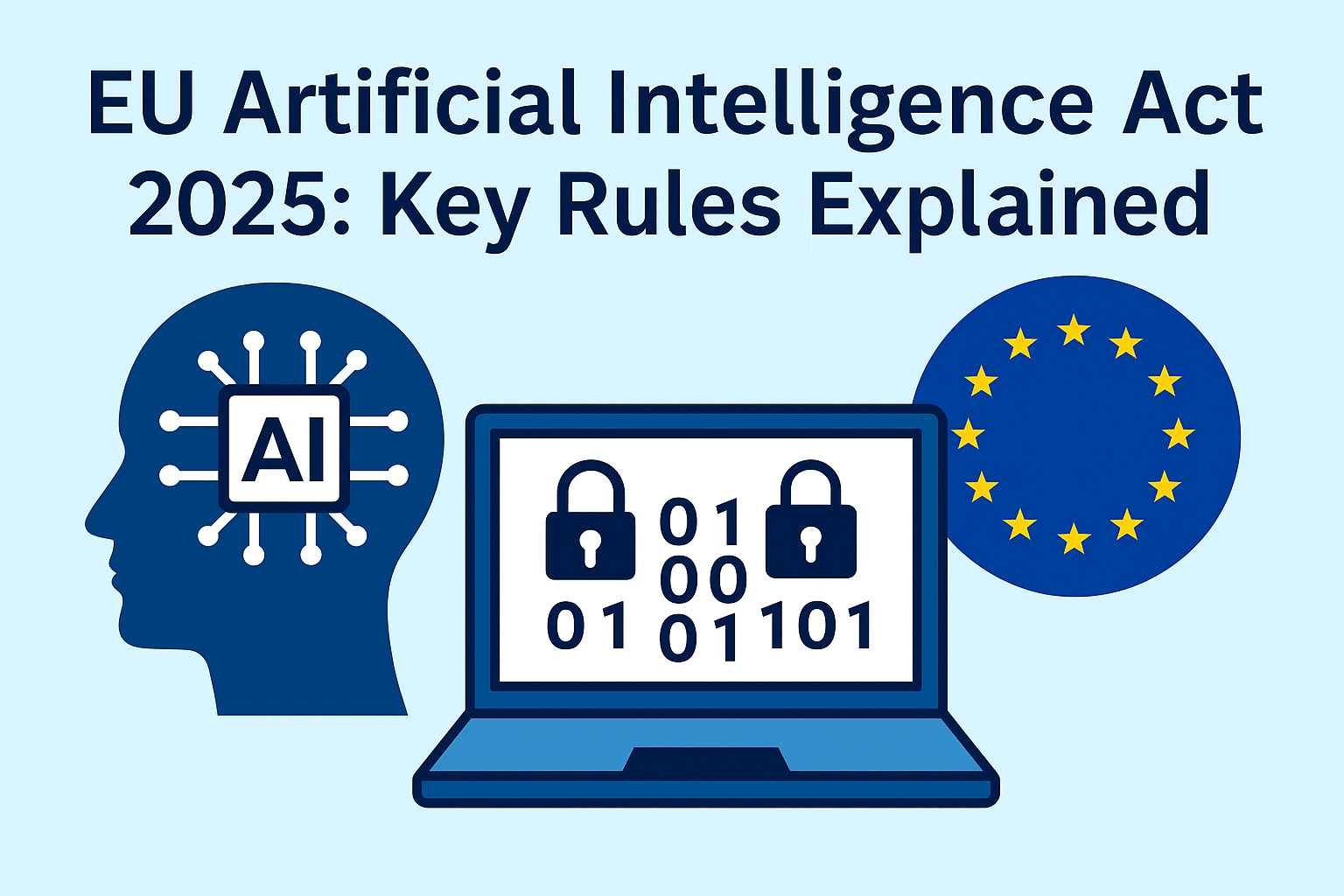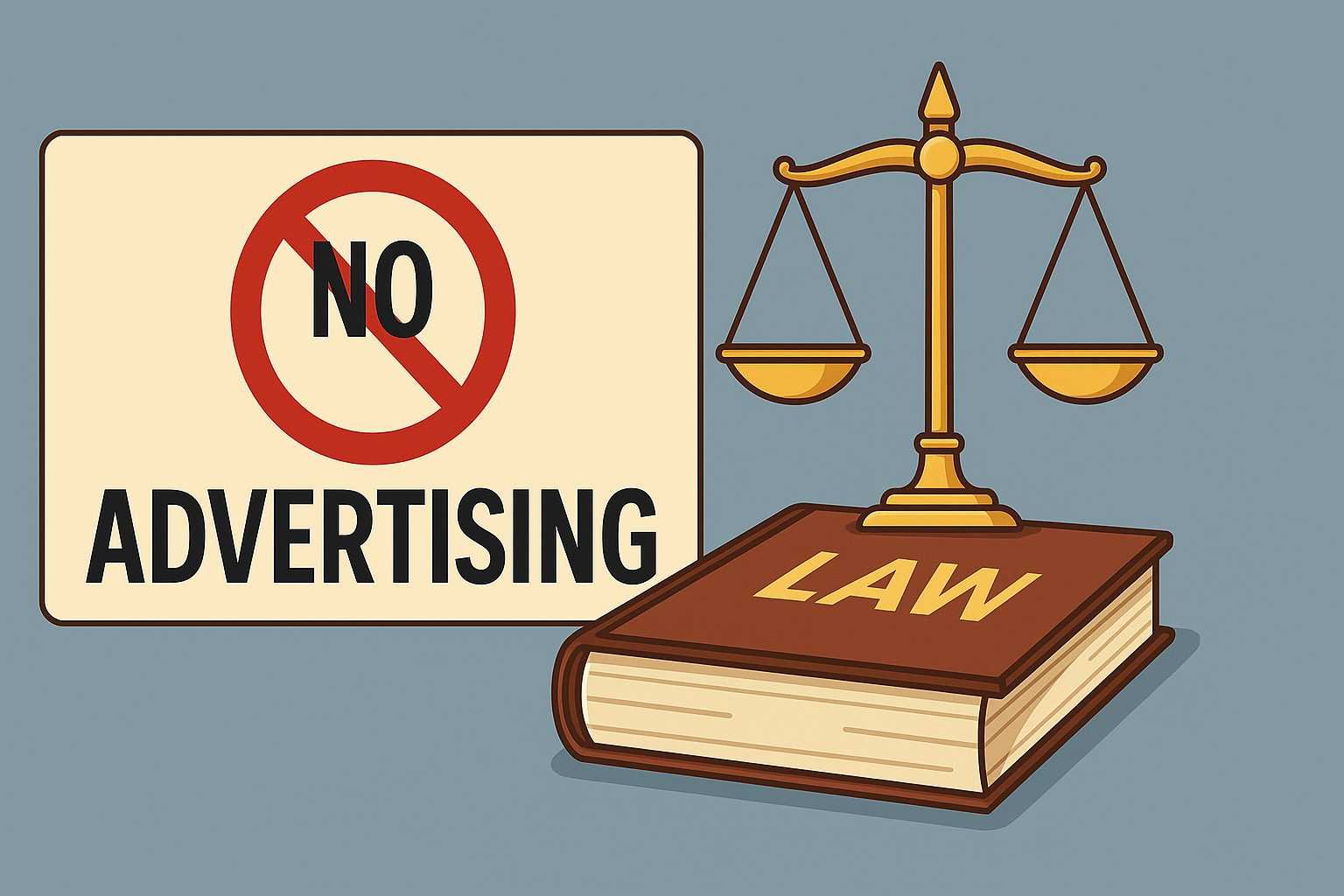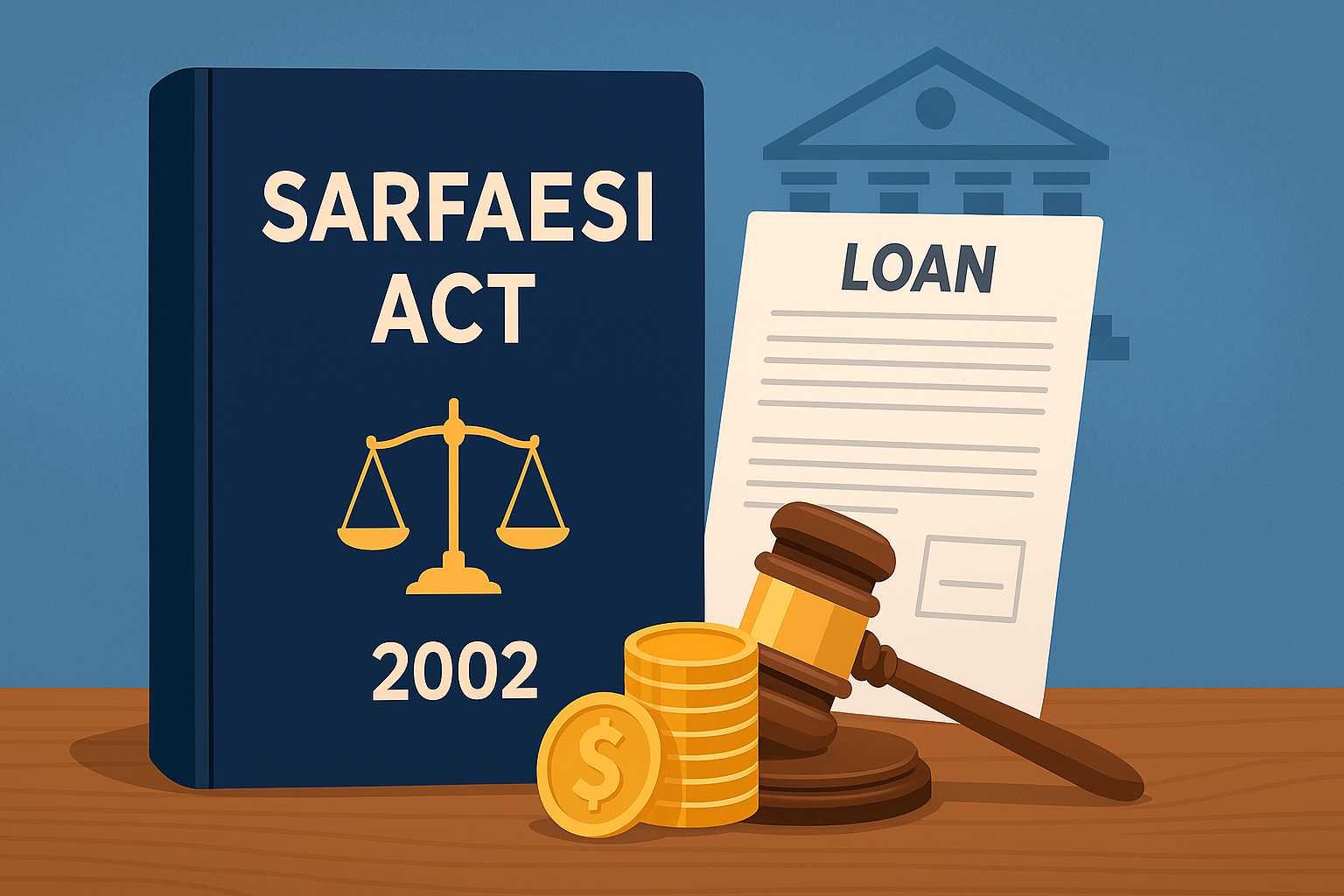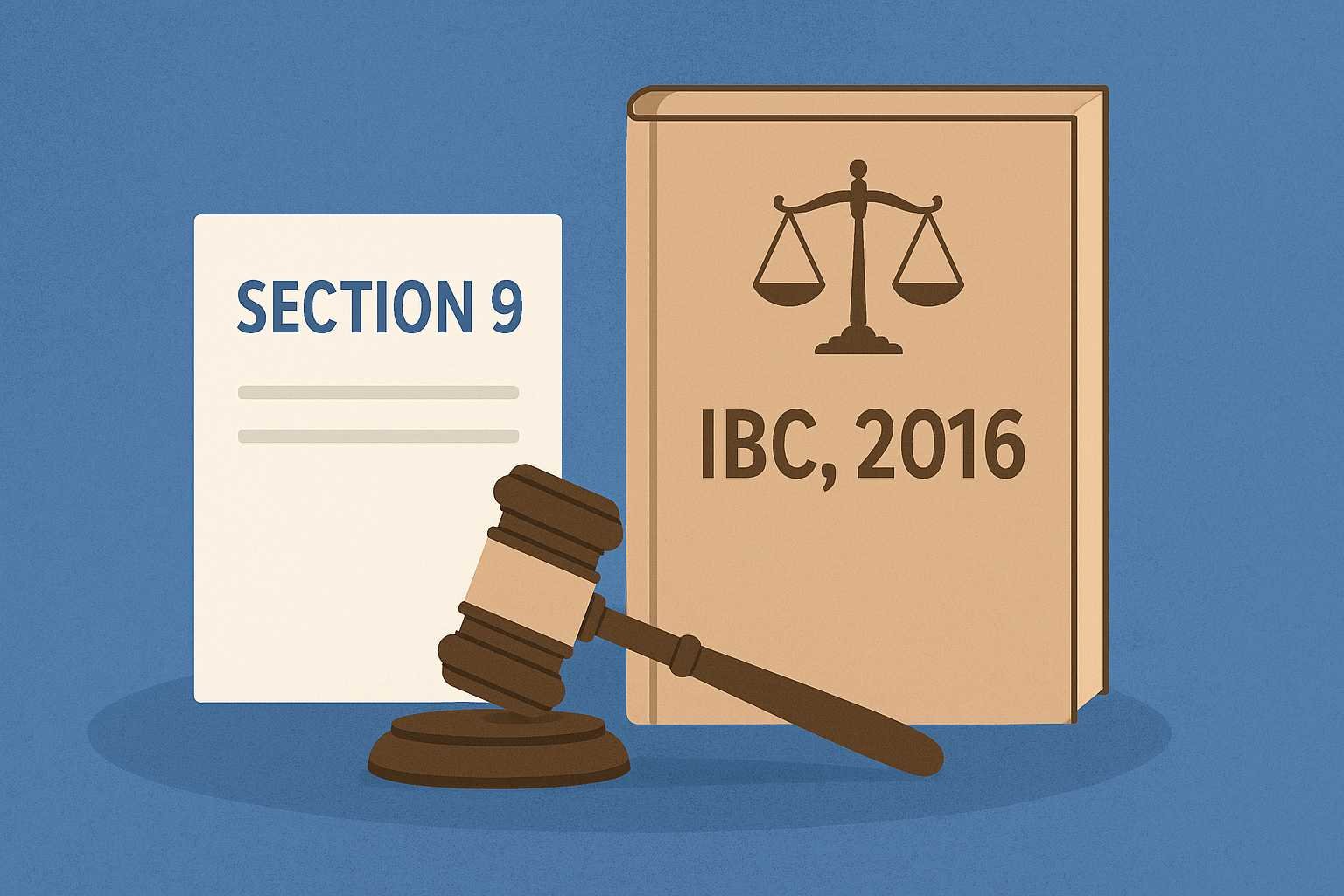On this page you will read detailed information about What is Cyber Bullying or Anti-Bullying Laws in India
Cyberbullying is sustained online harassment or intimidation—through DMs, comments, posts, doctored images, impersonation accounts, doxxing, or threats—that targets a person’s dignity, safety, or reputation. It often overlaps with other offences such as identity theft, sexual harassment, stalking, and criminal intimidation. In India, these behaviours are not governed by a single “anti-bullying” statute; instead, they’re tackled through a mix of the Information Technology Act, 2000 (IT Act), the Bharatiya Nyaya Sanhita, 2023 (BNS) that replaced the IPC from 1 July 2024, child-protection laws, and platform-liability rules.
The legal toolkit against cyberbullying (2025 view)
1) Information Technology Act, 2000 (as amended)
Several IT Act provisions cover common cyberbullying patterns:
- Section 66C (identity theft): logging into someone’s account or using their digital credentials without consent.
- Section 66D (cheating by personation using a computer resource): fake profiles, catfishing, or scam profiles that deceive others.
- Section 66E (violation of privacy): capturing, publishing, or transmitting images of a person’s “private area” without consent.
- Sections 67/67A: publishing or transmitting obscene or sexually explicit content (includes circulation of non-consensual intimate imagery).
⚠️ Note: Section 66A (once used for “offensive messages”) was struck down by the Supreme Court in Shreya Singhal v. Union of India (2015) and is not enforceable. If anyone cites 66A today, that’s legally incorrect.
2) Bharatiya Nyaya Sanhita (BNS), 2023 — replacing IPC from July 1, 2024
Where earlier we relied on IPC sections, today we cite BNS. Key offences that frequently apply in cyberbullying scenarios:
- Sexual harassment – BNS §75 (replacing IPC §354A): includes sexually coloured remarks and showing pornography against a woman’s will. Online “lewd DMs/comments” can fall here.
- Stalking – BNS §78 (replacing IPC §354D): repeated contact messages or monitoring a woman’s online activity despite her clear disinterest.
- “Insult to modesty” – BNS §79: words/gestures/acts (including online) intended to insult a woman’s modesty or intrude on her privacy.
- Criminal intimidation – BNS §351: threats of harm (including by anonymous accounts) to silence or coerce; sub-section (4) enhances punishment for anonymous intimidation—common in burner-account abuse.
- Defamation – BNS §356 (replacing IPC §499): false imputations harming reputation, including via posts, videos, or stories.
For minors, abusive or sexualised content quickly triggers POCSO (Protection of Children from Sexual Offences Act, 2012) and its 2020 Rules, regardless of whether the abuse is online or offline. Circulating sexual content involving children is a serious offence with special courts and stringent procedures.
3) Platform duties & takedowns: Intermediary Rules, 2021 (as amended)
Social platforms and messaging apps operating in India must follow the Information Technology (Intermediary Guidelines and Digital Media Ethics Code) Rules, 2021. Two highlights matter for victims:
- Platforms must acknowledge user complaints in 24 hours and dispose them within 15 days.
- If a user complains about intimate images or content exposing private areas, the platform must remove/disable access within 24 hours. Use in-app reporting plus email the Grievance Officer (listed on the platform’s site).
These obligations sit alongside court/government blocking powers under the IT Act (upheld in Shreya Singhal), but the 24-hour rule for non-consensual intimate content is a fast lane victims can use immediately.
How to act if you’re targeted
- Preserve evidence. Take timestamped screenshots, copy URLs, and note handles/user IDs. Do not engage further if it escalates to threats.
- Report to the platform using the abuse/harassment or “nudity/sexual content” category. For intimate-image misuse, explicitly reference the 24-hour removal requirement under Rule 3(2)(b) of the 2021 Intermediary Rules.
- File a police complaint (FIR) with relevant BNS/IT Act sections as applicable (e.g., BNS §§75/78/79/351/356 and IT Act §§66C/66D/66E/67/67A). If a child is involved, add POCSO immediately.
- Use official cybercrime channels:
- National Cyber Crime Reporting Portal (for harassment, impersonation, doxxing, CSAM, etc.).
- National Cybercrime Helpline: 1930 (especially for real-time fraud or urgent assistance; integrated nationwide). You can also dial 112 for police emergencies.
- For telecom-linked fraud messages/calls, you may also report via Sanchar Saathi.
Special contexts: schools & campuses
India does not have a single “anti-bullying act” for schools, but universities and colleges are bound by UGC Regulations on Curbing the Menace of Ragging (2009)—which cover mental/psychological harm and extend to online harassment between students. Institutes must run anti-ragging mechanisms and can face sanctions for non-compliance. For student-on-student online abuse, these regulations often run alongside criminal provisions where needed.
When minors are targeted with sexualised content or grooming, POCSO applies regardless of whether the abuse occurs on campus or online. Schools should escalate through local police, child-welfare authorities, and cybercrime channels.
In the previous post, we had shared information about Is WhatsApp Chat Legal in Court? What You Need to Know, so read that post also.
Practical mapping: common cyberbullying behaviours → likely provisions
- Impersonation / fake accounts: IT Act §66C (identity theft), §66D (cheating by personation); if used to defame or threaten, add BNS §356 (defamation) and §351 (intimidation) as facts fit.
- Non-consensual intimate images (“NCII”): IT Act §66E and §67/67A; urgent takedown via Intermediary Rules 24-hour removal. If child imagery is involved → POCSO.
- Sexually coloured DMs/comments: BNS §75 (sexual harassment); platform action and evidence preservation recommended.
- Persistent unwanted messages/monitoring: BNS §78 (stalking); note that courts look for repetition and clear disinterest, not merely one-off foul language.
- Threats (even via anonymous accounts): BNS §351 with sub-section (4) for anonymous intimidation.
- Reputation smears / false allegations: BNS §356 (defamation)—a criminal offence separate from civil defamation.
A note on free speech vs. harassment
While India protects online speech, the Supreme Court’s Shreya Singhal ruling struck down vague criminalisation of “offensive” messages and emphasised targeted, narrowly defined offences instead. That means law-enforcement typically proceeds under specific BNS or IT Act provisions (stalking, sexual harassment, intimidation, privacy violation, etc.) rather than a broad “hurtful comment” law.
Tips to stay safer (and build a record)
- Privacy hygiene: lock down contact options; restrict who can tag or DM; enable two-factor authentication to avoid account takeover (IT Act §66C/§66D risks).
- Report early: early reporting often speeds platform takedown and, in financial scams, can help authorities freeze funds via the 1930 workflow.
- Involve guardians/schools for minors: combine school mechanisms (UGC/anti-ragging at higher-ed level) with POCSO and police reporting.
Conclusion
India’s approach to cyberbullying blends technology-specific offences under the IT Act with person-centric protections in the Bharatiya Nyaya Sanhita (since 1 July 2024), backed by fast-track takedown duties for platforms and child-specific safeguards under POCSO. There isn’t a single “Anti-Bullying Act”—but the current matrix is powerful when used correctly: document the abuse, report on-platform (invoking the 24-hour rule for intimate content), and file a complaint citing the right sections (BNS §§75/78/79/351/356; IT Act §§66C/66D/66E/67/67A; POCSO where relevant). For urgent help or if you feel unsafe, use the official channels—the National Cyber Crime Portal and the 1930 helpline—so authorities can act quickly. Done right, this framework offers both immediate relief (content removal) and meaningful accountability (criminal penalties), helping victims reclaim safety and dignity online.
Disclaimer
The information and services on this website are not intended to and shall not be used as legal advice. You should consult a Legal Professional for any legal or solicited advice. While we have good faith and our own independent research to every information listed on the website and do our best to ensure that the data provided is accurate. However, we do not guarantee the information provided is accurate and make no representation or warranty of any kind, express or implied, regarding the accuracy, adequacy, validity, reliability, availability, or completeness of any information on the Site. UNDER NO CIRCUMSTANCES SHALL WE HAVE ANY LIABILITY TO YOU FOR ANY LOSS OR DAMAGE OF ANY KIND INCURRED AS A RESULT OR RELIANCE ON ANY INFORMATION PROVIDED ON THE SITE. YOUR USE OF THE SITE AND YOUR RELIANCE ON ANY INFORMATION ON THE SITE IS SOLELY AT YOUR OWN RISK. Comments on this website are the sole responsibility of their writers so the accuracy, completeness, veracity, honesty, factuality and politeness of comments are not guaranteed.
So friends, today we talked about What is Cyber Bullying or Anti-Bullying Laws in India, hope you liked our post.
If you liked the information about What is Cyber Bullying or Anti-Bullying Laws in India, then definitely share this article with your friends.
Knowing about laws can make you feel super smart ! If you find value in the content you may consider joining our not for profit Legal Community ! You can ask unlimited questions on WhatsApp and get answers. You can DM or send your name & number to 8208309918 on WhatsApp

